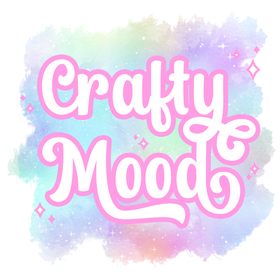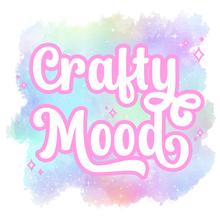What is DTF ?
Direct-to-Film. a transfer method involving applying designs directly to a substrate using heat and peeling away a carrier film. This method is commonly used for creating custom designs on fabrics and other materials.
The advantages (pros) of using the Direct-to-Film (DTF) transfer method include:
-
Vivid and Detailed Prints: DTF allows for high-resolution and intricate designs to be transferred to substrates, resulting in sharp and detailed prints.
-
Versatility: DTF can be used on various materials, including fabrics (cotton, polyester), ceramics, wood, and more, making it versatile for different applications.
-
Full-Color Printing: DTF supports full-color printing, enabling the reproduction of complex designs with gradients, shades, and a wide color spectrum.
-
Durability: DTF prints tend to be durable and resistant to washing and fading when applied correctly, leading to longer-lasting designs.
-
Soft Feel: DTF transfers can result in a softer texture compared to vinyl.
-
No Color Limitations: DTF doesn't have color limitations or extra costs for multi-color prints, unlike some traditional methods.
-
Fine Detail: DTF can capture fine details, textures, and gradients that might be challenging with other methods.
-
Less Waste: DTF can have less waste compared to traditional vinyl and weeding.
DTF Hot Peel Transfer - For fabric - Need heat press or Iron
Instructions Heat Press (Cold Peel):
- Temperature: 160 degrees Celsius
- Time: 30 seconds
- Pressure: Heavy
- Allow to cool for 90 seconds
- Peel: Cold
- Place Teflon sheet over design
- 2nd press: 10 seconds
Cricut, Cricut Mini, and Household Iron (Cold Peel):
- Temperature: 160 degrees Celsius
- Time: 30 seconds
- Pressure: Heavy
- Peel: Let cool completely before peeling
- Place Teflon sheet over design
- 2nd press: 10 seconds


